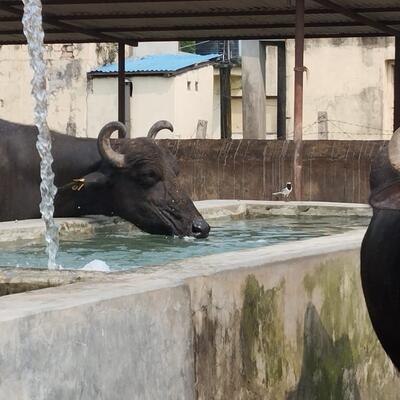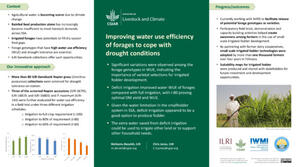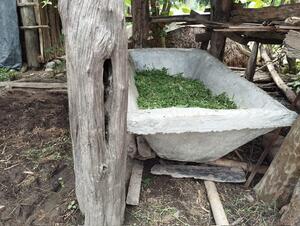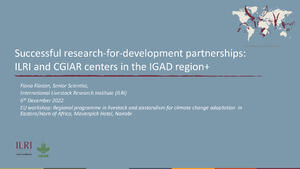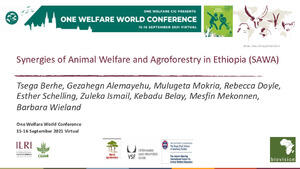
Nile Basin Development Challenge: Rainwater management in the Ethiopian Highlands
Water scarcity and land degradation strongly affect the livelihoods of millions of households in Sub-Saharan Africa. Water for agriculture - used to grow the food and feed that people and animals need - consumes 70 to 90% of the all water used in the region.
Over 14 million people live in the Blue Nile area. Two-thirds of this densely-populated area is highland, receiving high levels of rainfall. Rainfall, runoff and sediment are erratic; dry spells significantly reduce crop yields and sometimes lead to total crop failure. High population pressure and use of marginal land are causing land and ecosystem degradation in many parts of the Blue Nile, with significant loss of water quality downstream. The high sediment loads result in large costs for irrigation canal cleaning and reservoir dredging. Degradation also results in a downward spiral of poverty and food insecurity for millions of people in Ethiopia and the downstream countries. To meet the needs of growing populations, we need to reverse land degradation and improve water productivity. We need to produce more food with less water One promising strategy is to adopt improved water management system and practices. These can help to increase land and labor productivity, produce more food at a lower cost, generate employment and, in general, foster equitable economic growth. Rainwater water management interventions, such as improving soil water holding capacity, enhancing crop and livestock water productivity, improving efficiency of small scale irrigation, efficient use of ground water wells, diversion, or water harvesting, can significantly contribute to poverty reduction. While different livestock feeding strategies and interventions can also minimize water depletion and improve positive impact on livelihoods, environmental health and resilience. The Nile Basin Development Challenge (Nile BDC) is funded by the CGIAR Challenge Program on Water and Food (CPWF) to improve the resilience of rural livelihoods in the Ethiopian highlands through a landscape (watershed) approach to rainwater management. The NBDC research challenge comprises five linked projects: Learning about rainwater management systems. This project reviews past and ongoing activities, compiles an inventory of actors, and identifies best practices for dissemination and use. Integrating technologies, policies and institutions. This project will develop integrated rainwater management strategies - to slow down land degradation and reduce downstream siltation. Targeting and scaling out of rainwater management systems. This project will better target or ‘match’ promising technologies with particular environments, thus overcoming the limited success and impact of many past agricultural development efforts. Assessing and anticipating the consequences of innovation in rainwater management systems. This project will quantify the consequences of improved rainwater management, measuring downstream, cross-scale consequences of successful innovation in the Ethiopian highlands. Catalyzing platforms for learning, communication and coordination. This project provides a multi-stakeholder platform for all the projects in support of improved communication, innovation and adaptive management.






